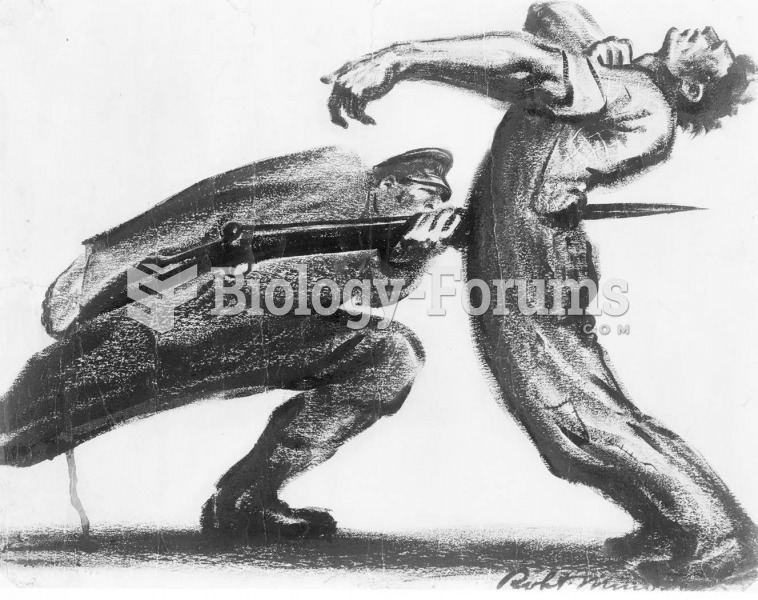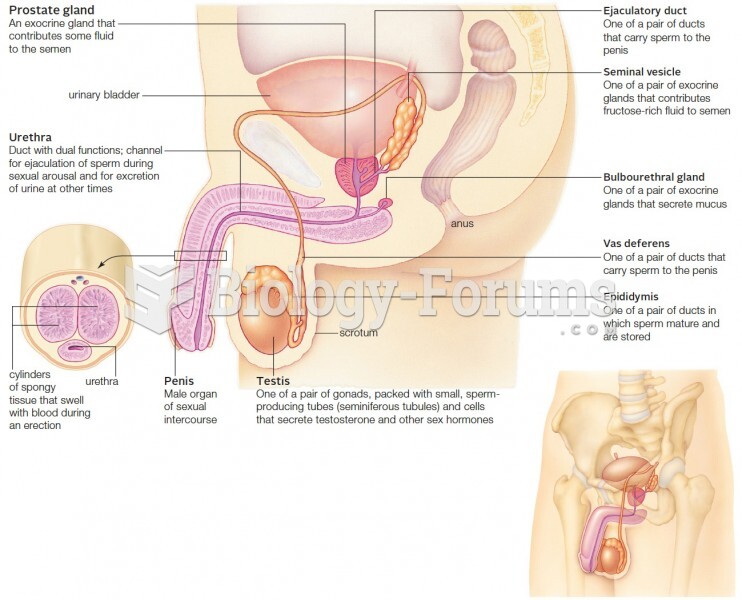Answer to Question 1
- Facilitated diffusion occurs through a transport protein that is not linked to metabolic energy. Glucose cannot pass unassisted through the cell membrane because they are not lipid soluble or are too large to pass through the membrane's pores.
- Glycolysis is the process by which energy is liberated from glucose, and fatigue in type 2 diabetes mellitus is caused by the inability to utilize this within the cell.
b.
- Glycolysis is the process by which energy is liberated from glucose, and fatigue in type 2 diabetes mellitus is the inability to utilize this within the cell.
- Catabolism consists of breaking down stored nutrients and body tissues to produce energy.
- Anabolism is a constructive process in which more complex molecules are formed from simpler ones.
- The special carrier for cellular energy is ATP.
Answer to Question 2
- Signaling systems consist of receptors that reside either in the cell membrane (surface receptors) or within the cells (intracellular receptors).
- Receptors are activated by a variety of extracellular signals or first messengers (including neurotransmitters, protein hormones and growth factors, steroids, and other chemical messengers). Signaling systems also include transducers and are the effectors that are involved in conversion of the signal into a physiological response.
- The pathway may include additional intracellular mechanisms, called second messengers. Many molecules involved in signal transduction are proteins.
- Three known classes of cell surface receptor proteins exist: G-protein-linked, ion-channel-linked, and enzyme-linked.
- G-protein receptors rely on the intermediary activity of a separate class of membrane-bound regulatory proteins to convert external signals (first messengers) into internal signals (second messengers).
- Enzyme-linked receptors' cytosolic domain either has intrinsic enzyme activity or associates directly with an enzyme.
- Ion-channel-linked signaling is mediated by neurotransmitters that transiently open or close ion channels formed by integral proteins in the cell membrane.
b.
- The patient is more likely to take his medication if he understands how it works to help him.
- He has a patient right and a medical obligation to be given this information.
- This knowledge may ease the patient's anxiety about needing to take the medication.





